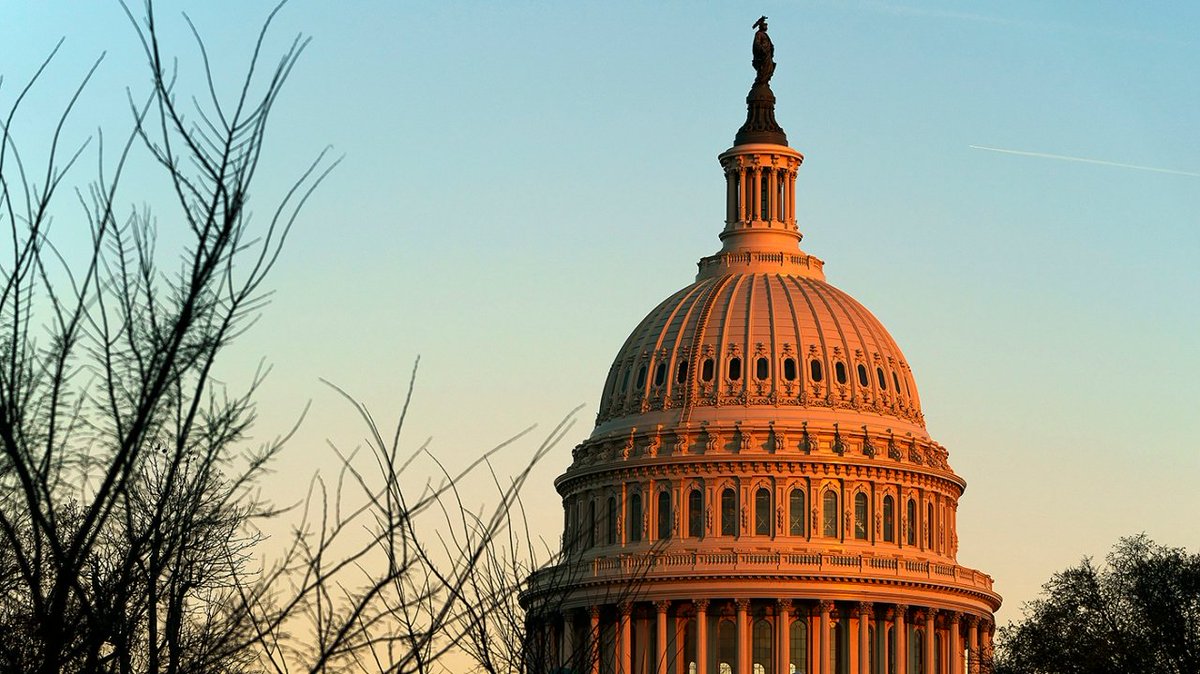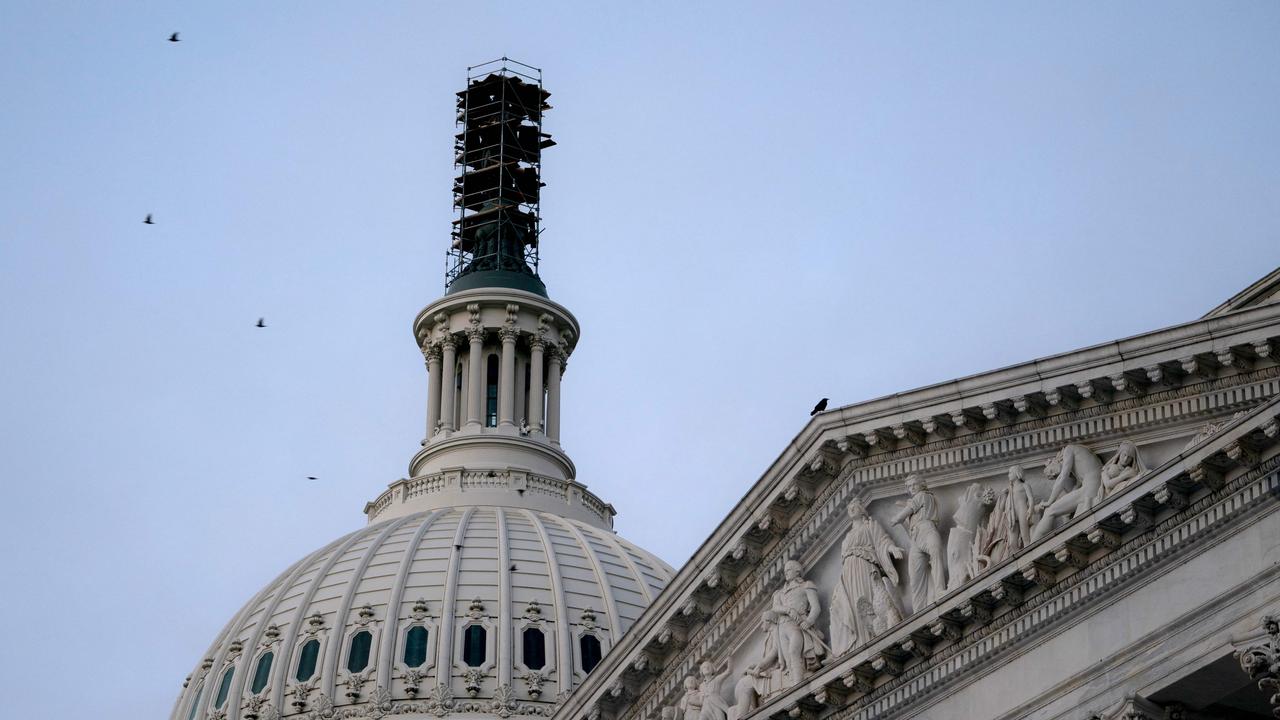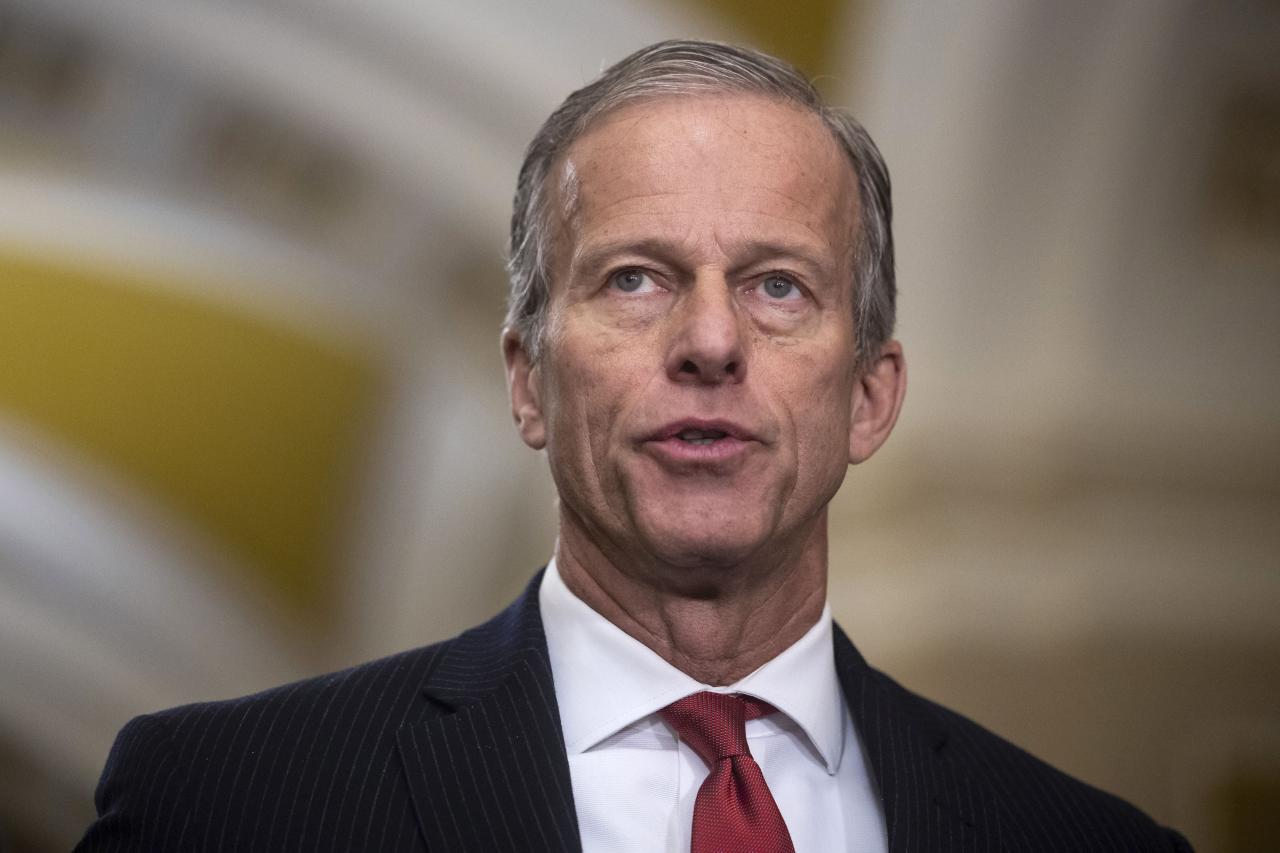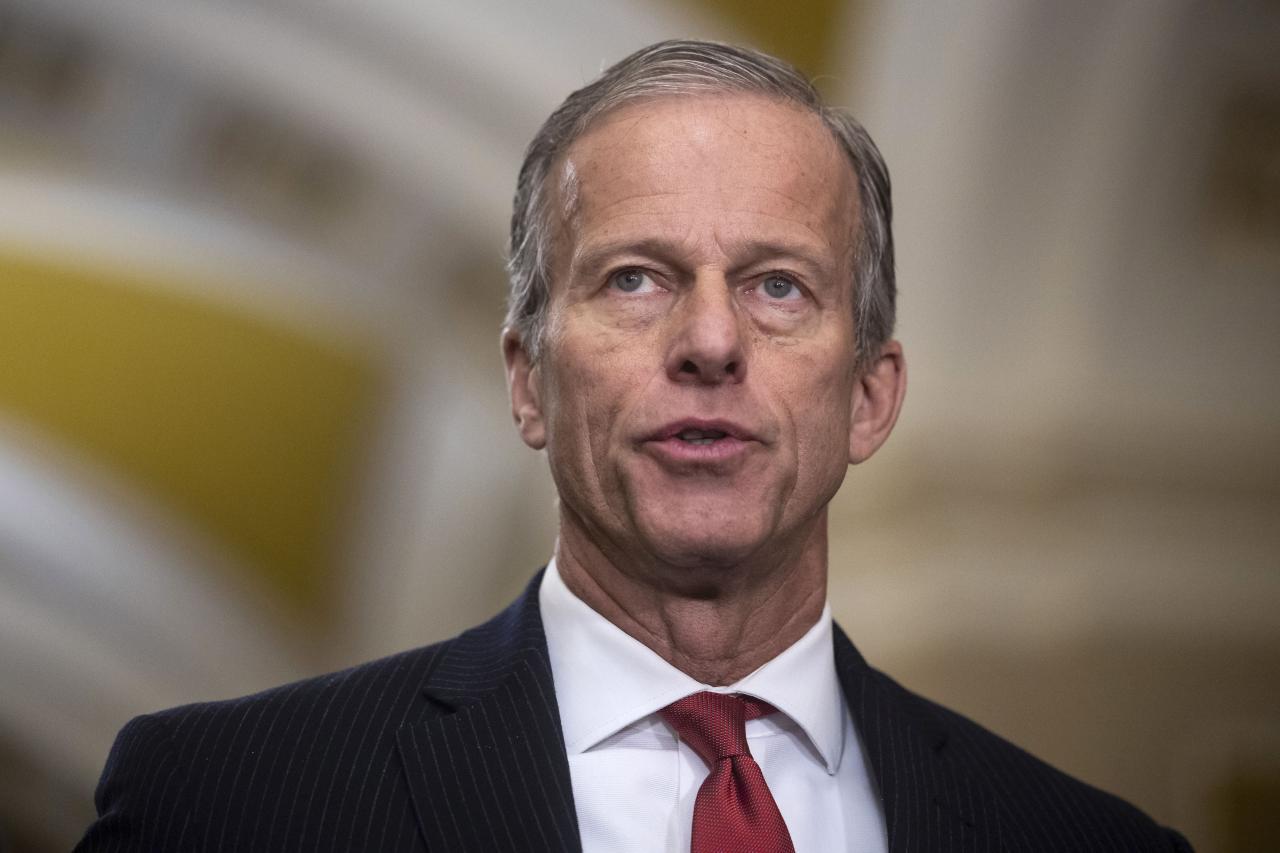US Senate approves government funding extension after failing to reach a timely agreement highlights the precarious nature of American politics. The near-shutdown underscored deep divisions within the Senate regarding budgetary priorities, forcing lawmakers into a last-minute scramble to avert a potentially catastrophic economic and societal disruption. This near-miss serves as a stark reminder of the fragility of the governmental process and the high stakes involved in budget negotiations.
The initial failure to approve funding stemmed from significant disagreements over spending levels across various government departments. Republicans pushed for stricter spending cuts, while Democrats advocated for increased investments in social programs and infrastructure. This impasse led to a tense period of negotiations, with the threat of a government shutdown looming large. The eventual extension, while averting immediate disaster, left many crucial budgetary issues unresolved, setting the stage for further conflict in the future.
The US Senate’s Government Funding Extension: A Narrow Escape from Shutdown: US Senate Approves Government Funding Extension After Failing To
The US Senate’s recent approval of a government funding extension averted a potential government shutdown, a scenario that would have had significant economic and political consequences. This near-miss highlights deep divisions within Congress regarding budgetary priorities and spending levels. The following analysis examines the context of the funding failure, the impact of the near-shutdown, the details of the final extension, the political fallout, and public reaction.
The Context of the Funding Extension Failure

The failure to initially approve government funding stemmed from a highly polarized political climate and significant disagreements over budgetary allocations. Republicans, controlling a slim majority in the House, pushed for stricter spending limits and cuts to certain programs, while Democrats, holding a narrow majority in the Senate, advocated for increased funding for social programs and infrastructure. This impasse, coupled with procedural hurdles and internal disagreements within both parties, led to the initial failure to pass a budget before the deadline.
A key point of contention was the level of defense spending versus domestic spending. Republicans favored a larger increase in defense spending, while Democrats sought a more balanced approach. Furthermore, disagreements arose over funding for specific agencies and programs, including environmental protection, education, and healthcare. The timeline leading to the extension approval involved weeks of negotiations, failed votes, and escalating concerns about a potential shutdown.
The US Senate finally approved a government funding extension after a series of failed attempts to reach a consensus. This political maneuvering comes at a time when many are focused on other matters, such as checking out the Projected Lineup – Flames vs. Blackhawks for tonight’s game. The Senate’s decision, while significant, highlights the complexities of modern governance and the many competing priorities vying for public attention.
| Faction | Key Budgetary Demands | Stance on Spending Cuts | Compromise Position (if any) |
|---|---|---|---|
| House Republicans | Increased defense spending, significant cuts to domestic programs, stricter spending caps. | Favored substantial spending cuts across the board. | Willing to negotiate on some domestic spending cuts in exchange for increased defense spending, but ultimately remained firm on spending caps. |
| Senate Democrats | Increased funding for social programs, infrastructure investment, and environmental protection. | Opposed deep spending cuts, particularly to social programs. | Offered some concessions on certain spending areas to reach a compromise, but prioritized protecting social programs. |
| Senate Republicans (Moderates) | Balanced approach between defense and domestic spending, with some targeted cuts. | Supported strategic spending cuts, but opposed across-the-board cuts. | Played a key role in brokering a compromise between the House Republicans and Senate Democrats. |
| House Democrats | Similar to Senate Democrats, prioritizing social programs and infrastructure. | Opposed deep spending cuts, similar to Senate Democrats. | Worked with Senate Democrats to pressure Republicans to accept a compromise. |
The Impact of the Near-Shutdown, US Senate approves government funding extension after failing to
The potential for a government shutdown carried significant economic and social risks. A shutdown would have disrupted numerous essential government services, leading to furloughs for federal employees, delays in processing critical applications, and disruptions to essential services such as national parks and air traffic control. The economic consequences would have included a decline in consumer confidence, a slowdown in economic activity, and potential damage to the nation’s credit rating.
Public trust in government would have been further eroded, adding to existing political polarization.
A hypothetical scenario illustrating the effects of a prolonged shutdown on a specific agency, such as the Department of Transportation, would involve significant delays in infrastructure projects, disruptions to air travel and public transportation, and a backlog of safety inspections, potentially leading to accidents and economic losses.
Analysis of the Final Funding Extension

The final funding extension involved key compromises between the different factions in Congress. To reach an agreement, both sides had to make concessions on their initial demands. The final budget was a blend of increased defense spending and some targeted cuts to domestic programs, but ultimately avoided the sweeping cuts proposed by some Republicans. The extension was shorter than a full-year budget, setting the stage for further negotiations in the near future.
- A temporary funding extension, avoiding a government shutdown.
- Increased funding for defense, but less than initially sought by some Republicans.
- Targeted spending cuts in some domestic programs, but significantly less than initially proposed.
- Continued funding for several key social programs.
- A shorter-term budget, requiring further negotiations before the end of the fiscal year.
The extension partially addresses initial budgetary concerns by preventing a shutdown, but leaves many issues unresolved for future debate.
Political Fallout and Future Implications

The near-shutdown and subsequent extension have significant political ramifications. The outcome could affect the standing of various political figures and the balance of power within Congress. The upcoming budget negotiations promise to be contentious, with ongoing debates over spending levels and priorities. Future government funding battles may involve similar struggles over balancing competing demands and navigating political divisions.
A visual representation of the potential political landscape after the extension would show a somewhat altered power dynamic. While the initial power balance might appear unchanged, the internal divisions within both parties would be more pronounced, potentially leading to realignments and shifts in political alliances.
Public Reaction and Opinion
Public reaction to the near-shutdown and subsequent extension was mixed, reflecting the existing political polarization. Public opinion differed significantly across demographics, with stronger reactions observed among those directly affected by government services or those with strong partisan affiliations. Media outlets framed the events through their respective ideological lenses, further contributing to the division of public opinion.
The US Senate’s approval of a government funding extension, after initial failure to reach a consensus, highlights the complexities of modern politics. It’s a stark contrast to the seemingly effortless grace of Rosie Huntington-Whiteley, as seen in this recent article: Rosie Huntington-Whiteley puts on an effortlessly stylish display as. Perhaps a bit of her calm composure could help smooth the way for future Senate negotiations.
The funding extension, however temporary, averts a potential government shutdown.
- Many expressed relief at the avoidance of a shutdown, but concern remains about the long-term budgetary issues.
- Conservative media outlets praised the efforts to control spending, while liberal outlets criticized the cuts to social programs.
- Social media reflected the same polarized views, with strong opinions expressed on both sides of the issue.
- Public opinion polls showed a decline in trust in government among some segments of the population.
The Senate’s eleventh-hour approval of a government funding extension, following a period of intense political maneuvering and near-shutdown, offers a temporary reprieve but ultimately masks unresolved budgetary tensions. While the immediate crisis has been averted, the underlying disagreements remain, promising further clashes in upcoming budget negotiations. The episode underscores the need for greater bipartisan cooperation and a more constructive approach to resolving fiscal differences to prevent future disruptions to government services and the economy.
The ultimate success of this temporary solution hinges on the willingness of both parties to engage in meaningful compromise in subsequent legislative sessions.
FAQ Insights
What specific services were most at risk during the potential shutdown?
Agencies like the Department of Transportation, impacting air travel safety inspections and infrastructure projects, and the Department of Homeland Security, affecting border security and national security functions, faced significant disruptions.
What are the long-term consequences of repeated near-shutdowns?
Repeated near-shutdowns erode public trust in government, damage the nation’s economic stability, and create uncertainty for businesses and individuals dependent on government services.
How did the public react to the near-shutdown and subsequent extension?
Public reaction was largely negative, with widespread criticism of the political gridlock and calls for greater bipartisanship.
